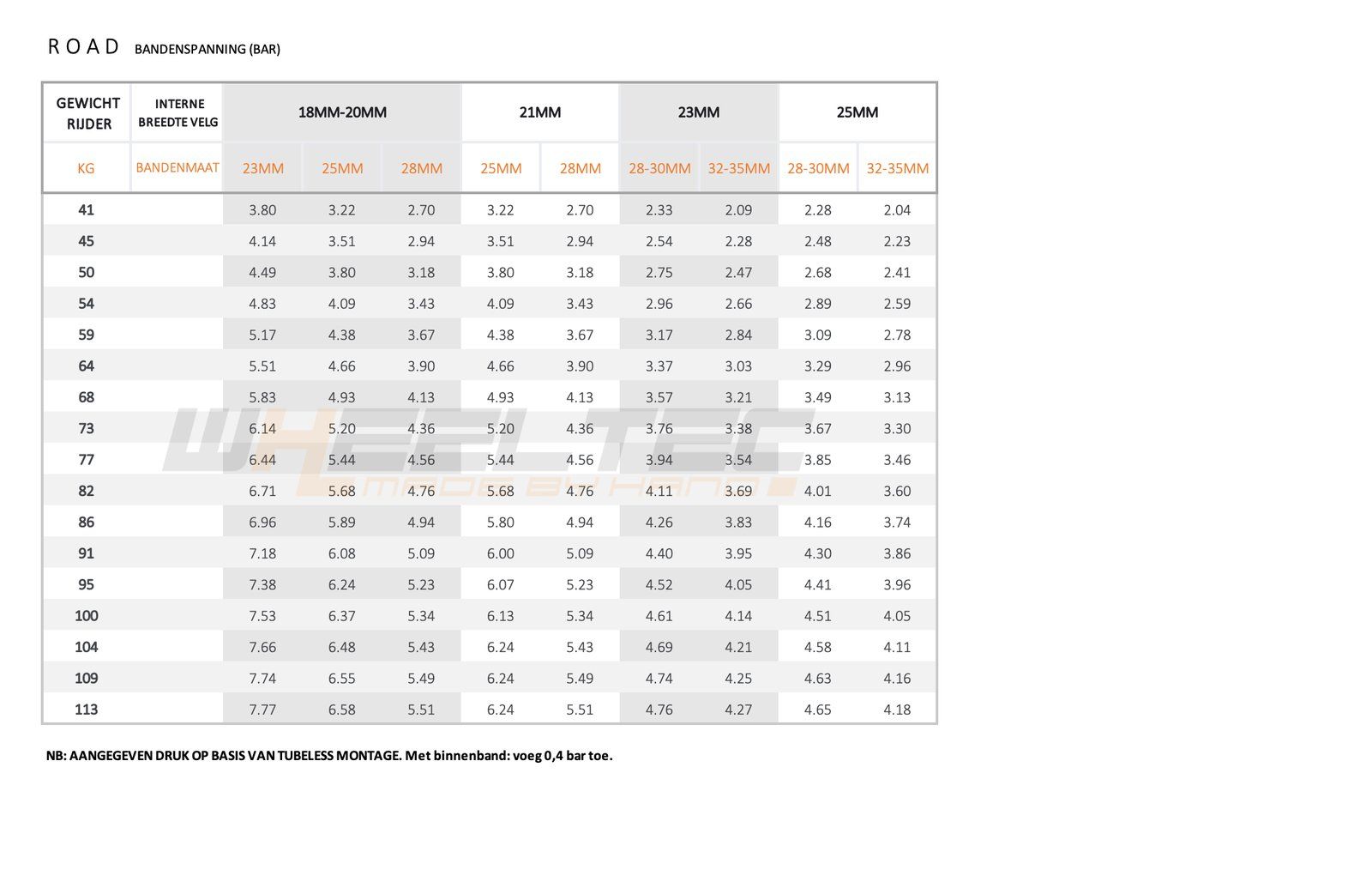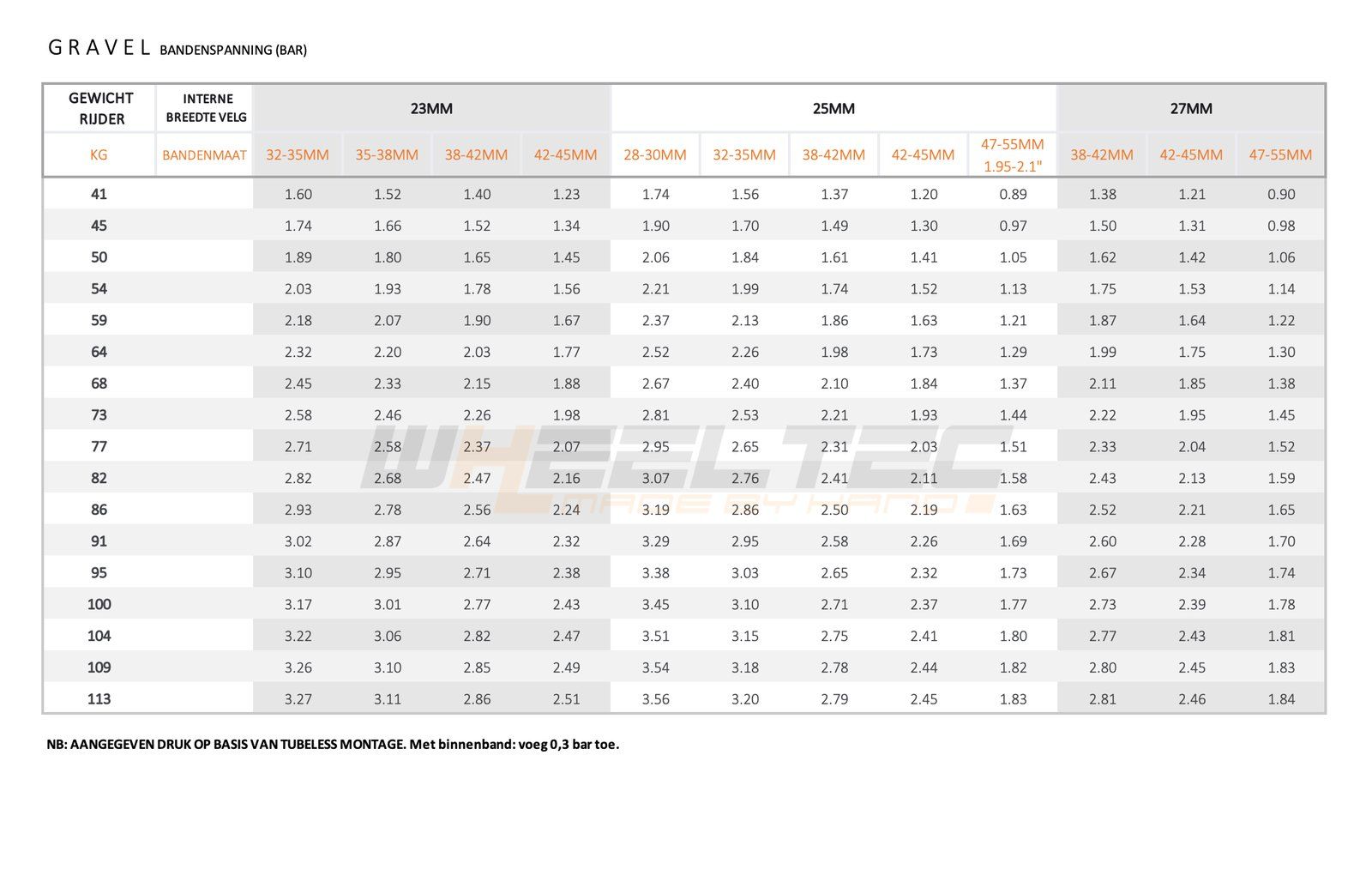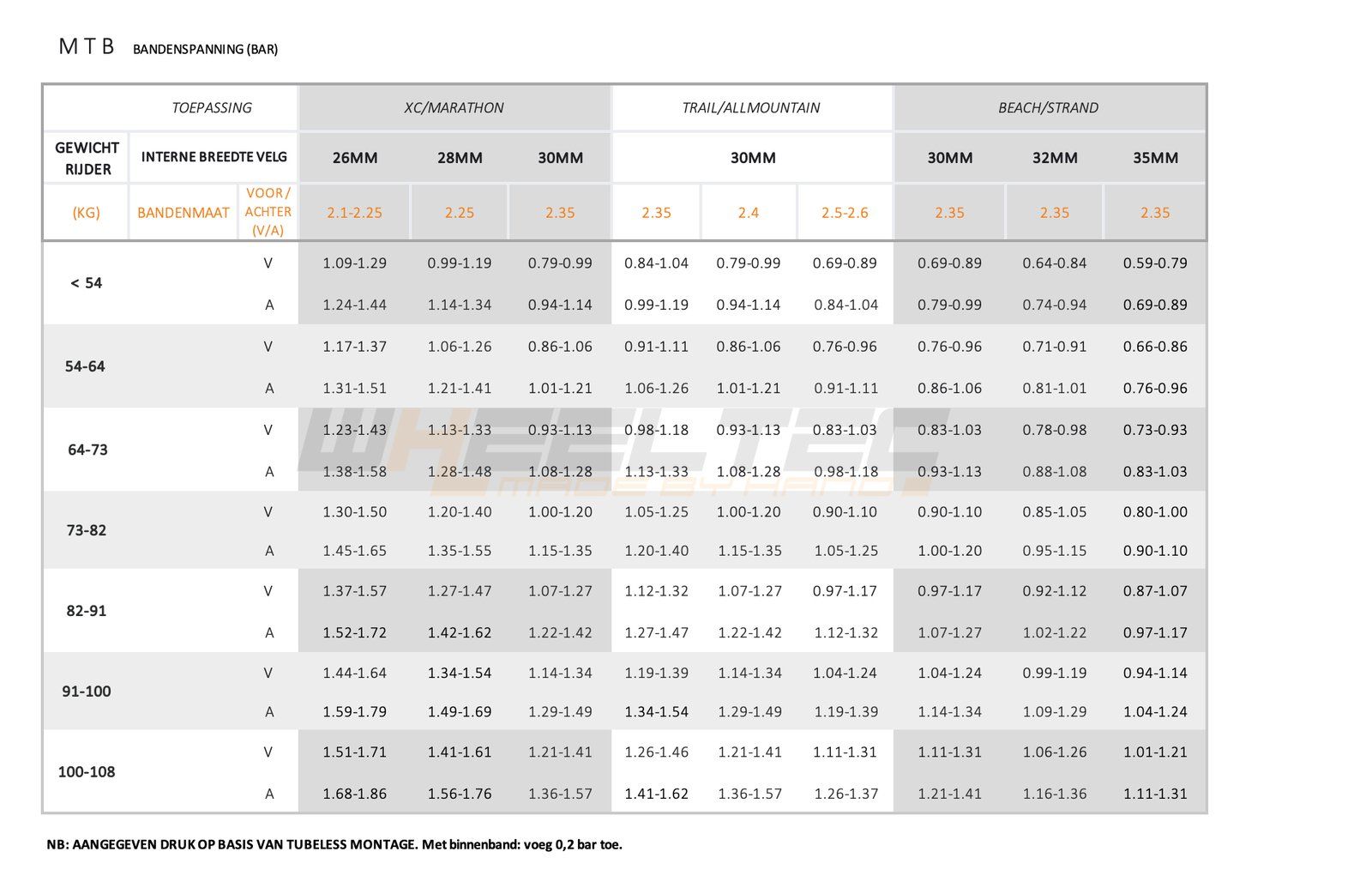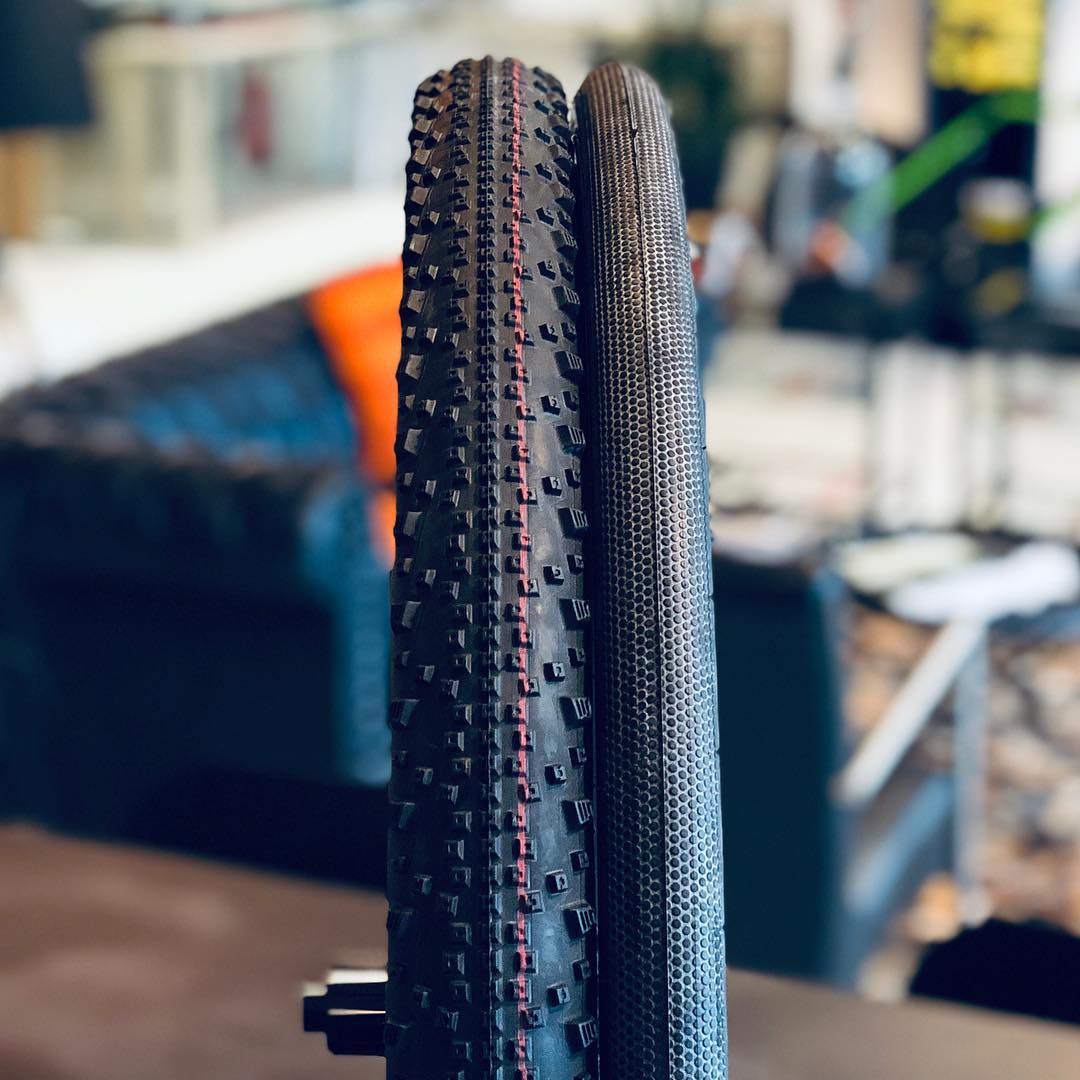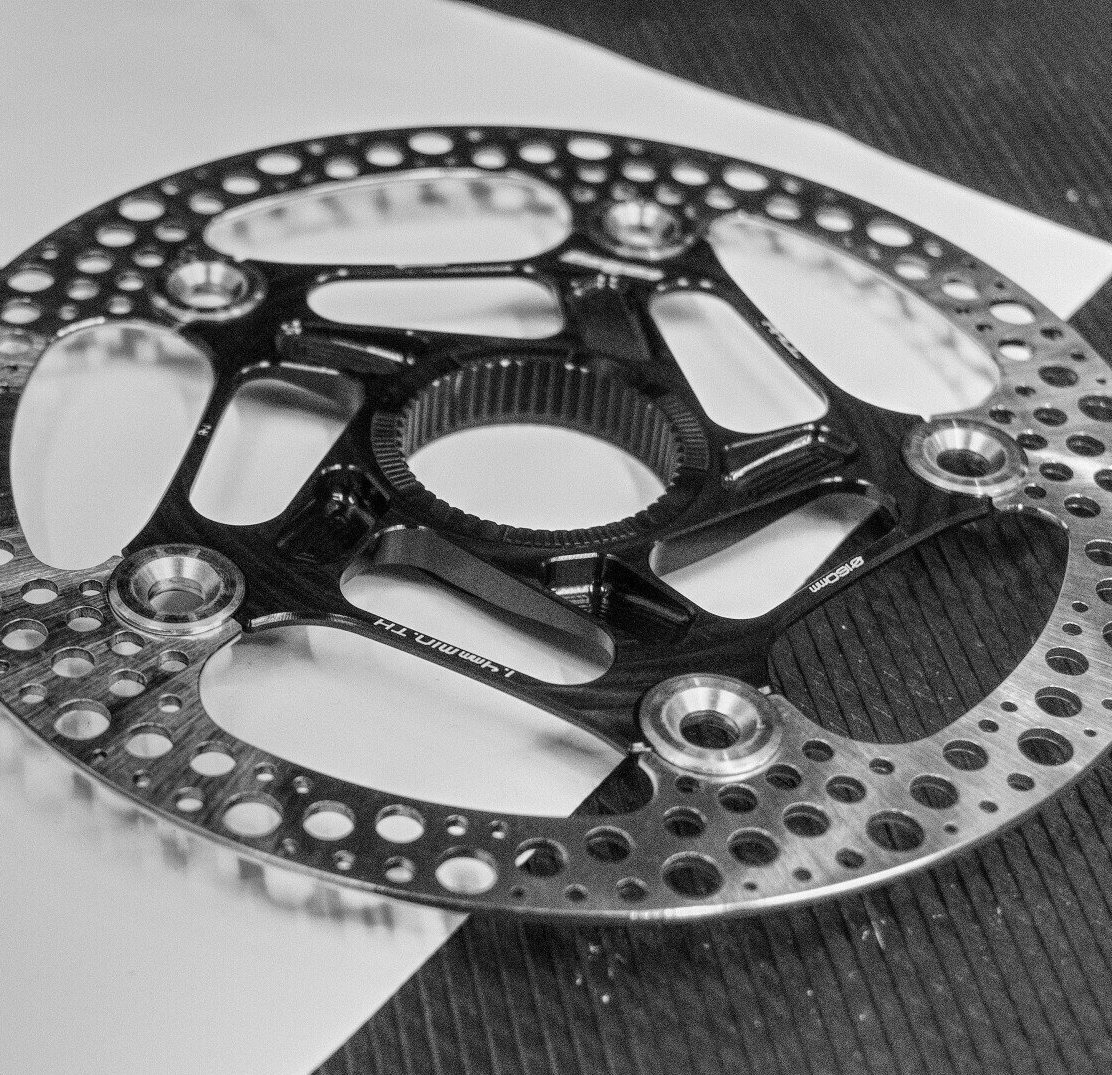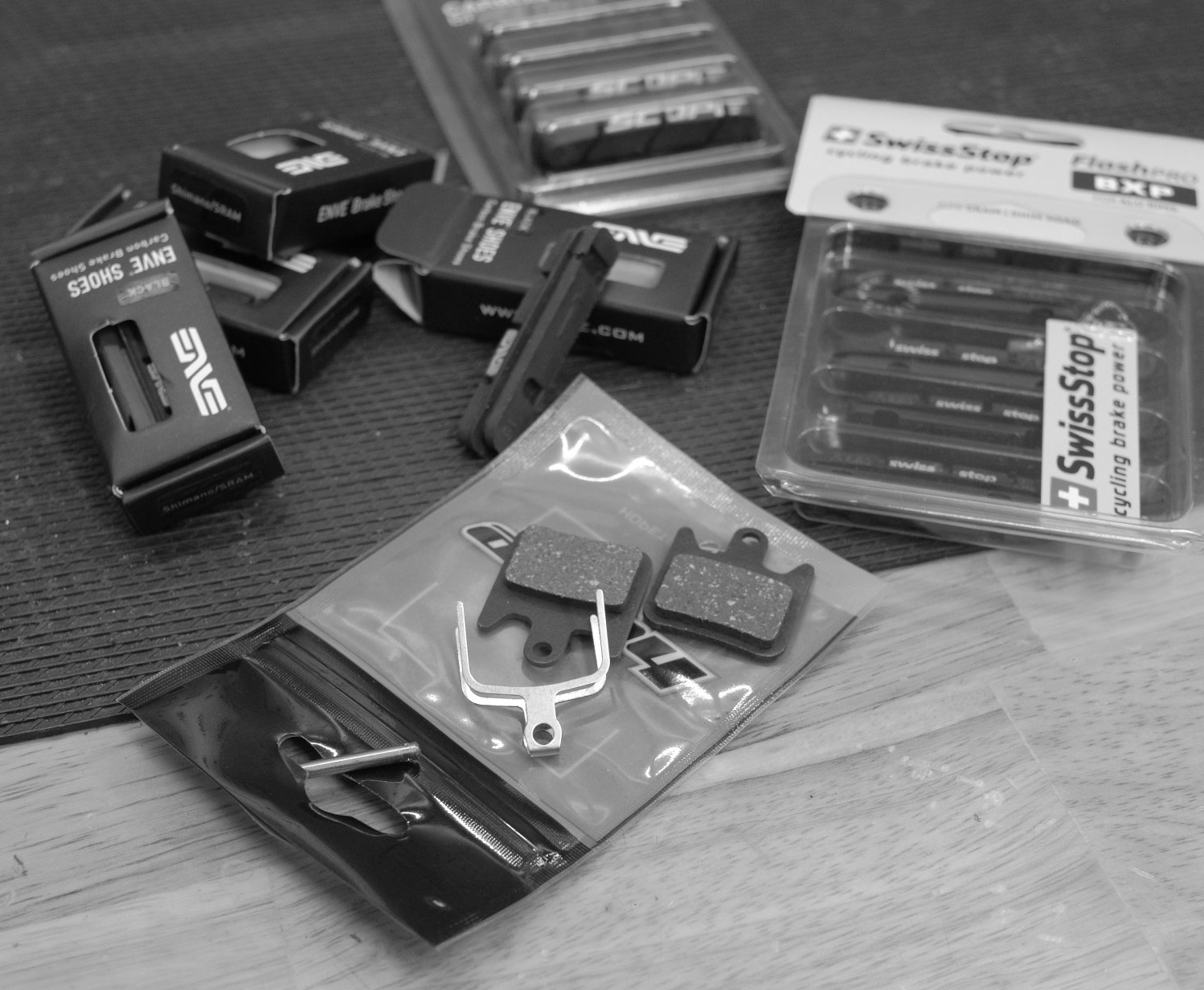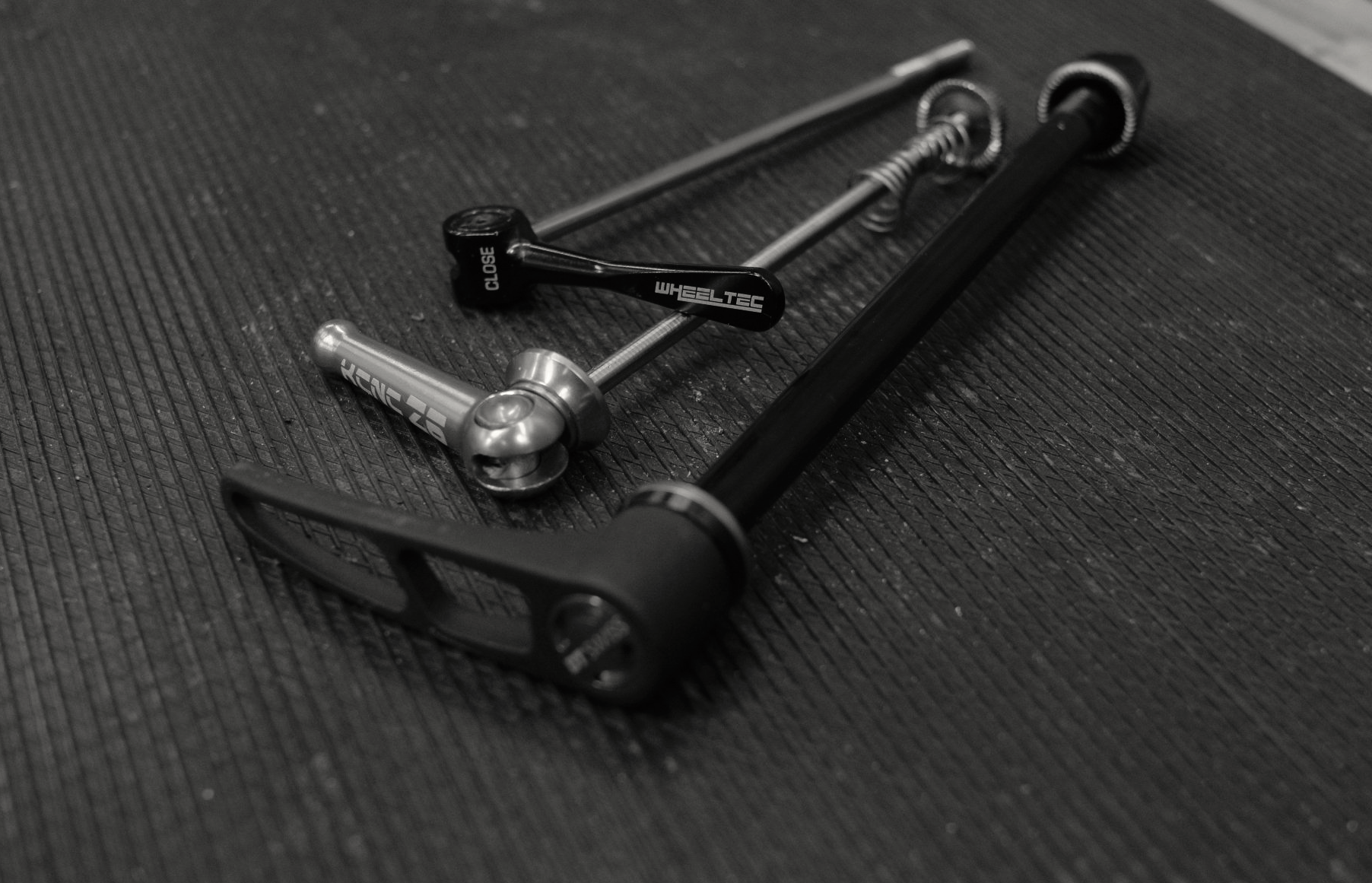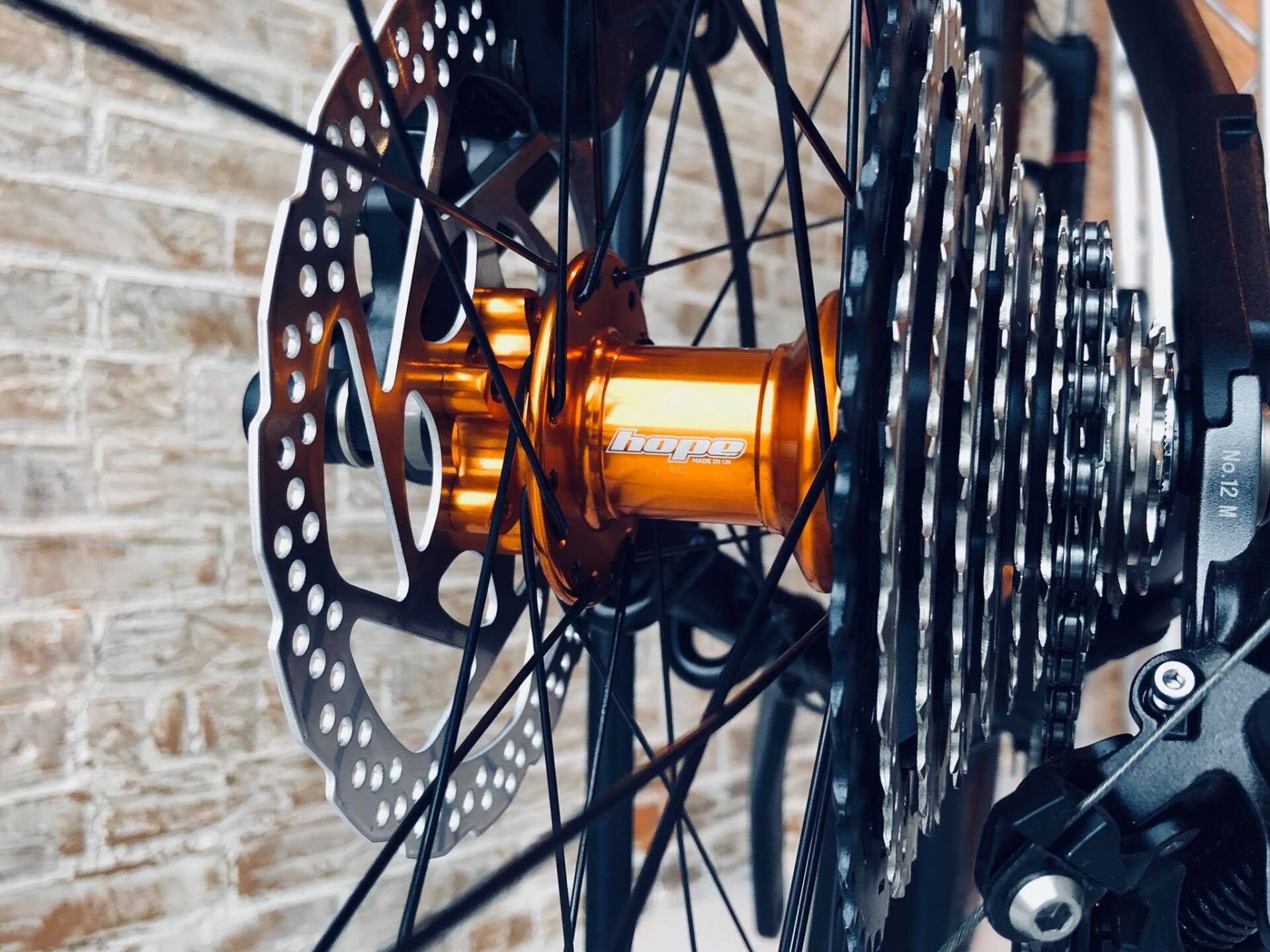EXPLANATION
WHAT YOU NEED TO KNOW
A knowledge page to help you order, install and long-term use your your Tailwind wheels.
TIRE PRESSURE
Points of attention
ROAD
With a road tire we increasingly want to prevent a (too) high tire pressure, which leads to loss of grip, comfort and control. In addition, contrary to popular belief, this increases rolling resistance. (click on image to enlarge)
GRAVEL
With a gravel tire it is important to keep the tire pressure as low as possible for an optimal driving experience. High tire pressure leads to loss of grip, comfort and control. And it increases - contrary to popular belief - rolling resistance. (click on image to enlarge)
MTB
With an MTB tire it is important to keep the tire pressure as low as possible for an optimal riding experience. High tire pressure leads to loss of grip, comfort and control. And it increases - contrary to popular belief - rolling resistance. (click on image to enlarge)
ASSEMBLY
Points of attention
TIRES
-
DIRECTION
Make sure that the tire has a prescribed direction of rotation. Usually there is a rotation direction indicator on the tire.
-
TIRE PRESSURE
See the table above for tire pressure advice. Warning: maximum allowable pressure on MTB rims is 2.5 bar. Mountain bike tires often have a higher maximum pressure, but you should never exceed the maximum pressure value of the rim (if in doubt, call us).
-
SIZING
Install the correct size tires. The chosen tire width must be in line with the (internal) width of your rim. In our assortment lists you will find advice for the ideal tire size for each rim. Tire advice needed: call us!
-
TUBELESS
Immediately after mounting, the tire may still be somewhat porous and not yet 100% airtight. The latex sealant filling aims to make the tire airtight and helps prevent punctures. You can promote airtightness by driving the tire right away. Tip: Shake and bounce the wheel to help spread the sealant in the tire. The so-called "setting" of the tire to a very high pressure value is potentially dangerous: always stick to the maximum pressure value of tire and rim (this can differ). If you want to mount tubeless yourself, call us for tips & tricks.
-
(PROFILE) WEAR
Replace your tires on time. Pay attention to the tread depth and any (drought) cracks in your tires.
BRAKE PADS
-
TO CLEAN
Clean and degrease your brake pads regularly, with both disc and rim brakes. This also applies to the brake flanks and brake discs themselves
-
CORRECT BRAKE PADS
Use the prescribed brake pads. Do not use standard blocks with rim brakes. These are usually too hard and hold more dirt.
-
FINE TUNE
Rim brakes: adjust the blocks to the correct height and distance. Good flat on rim, preferably toe-in.
-
CONTROL
Correct adjustment and operation.
CASSETTE
-
BODY TYPE
Install a suitable cassette, corresponding to the body type of your rear hub.
-
LOCK RING
Tighten the cassette lock ring to the correct torque.
-
ASSEMBLY PASTE
Apply some mounting paste to the cassette body and the threads of the washer
-
CHECK
Check that the cassette is securely fastened and that the cassette sprockets follow each other in size and are equidistant from each other (spacers).
-
LUBRICATE?
Lubricate only your chain (in the links), not your cassette.
FREQUENTLY ASKED QUESTIONS
-
What is the ideal tire pressure for me?
Click here for tire pressure advice. As a rule, a lower tire pressure is more favorable for grip, control and rolling resistance.
-
Which tire width should I choose?
In our assortment lists you will find advice for the ideal tire size per rim width. Tire advice needed: call us!
-
Is low tire pressure a disadvantage?
Fortunately not: thanks to the larger contact surface between the tire and the surface, grip, comfort and control increase. And the rolling resistance and wear actually decrease.
-
My rim is hookless, which tire should I fit?
A hookless rim may only be ridden with a tubeless ready tire. If you still want to ride with an inner tube, then only mount it in a tubeless ready tyre.
-
My tubeless tire keeps deflating. What can I do about it?
Tubeless tires can be a bit porous at first. Check that no sealant is leaking past the valve or spoke holes. In that case, check whether the valve is properly tightened and the rim tape is correctly mounted. Is there still enough sealant in the tire? Then shake, bounce and spin the wheel to allow the sealant to clear up the porosity of the tire.
-
There's a hole in my tubeless tire, and the sealant isn't helping. Now what?
On the go: Use a DART Tool. At home, you can repair the tire from the inside with a patch.
-
How do I maintain a tubeless tire?
Check the amount and condition of the sealant every 3 months. Remove hard lumps and top up if necessary.
ESSENTIALS
FOR CHOOSING THE RIGHT WHEELS
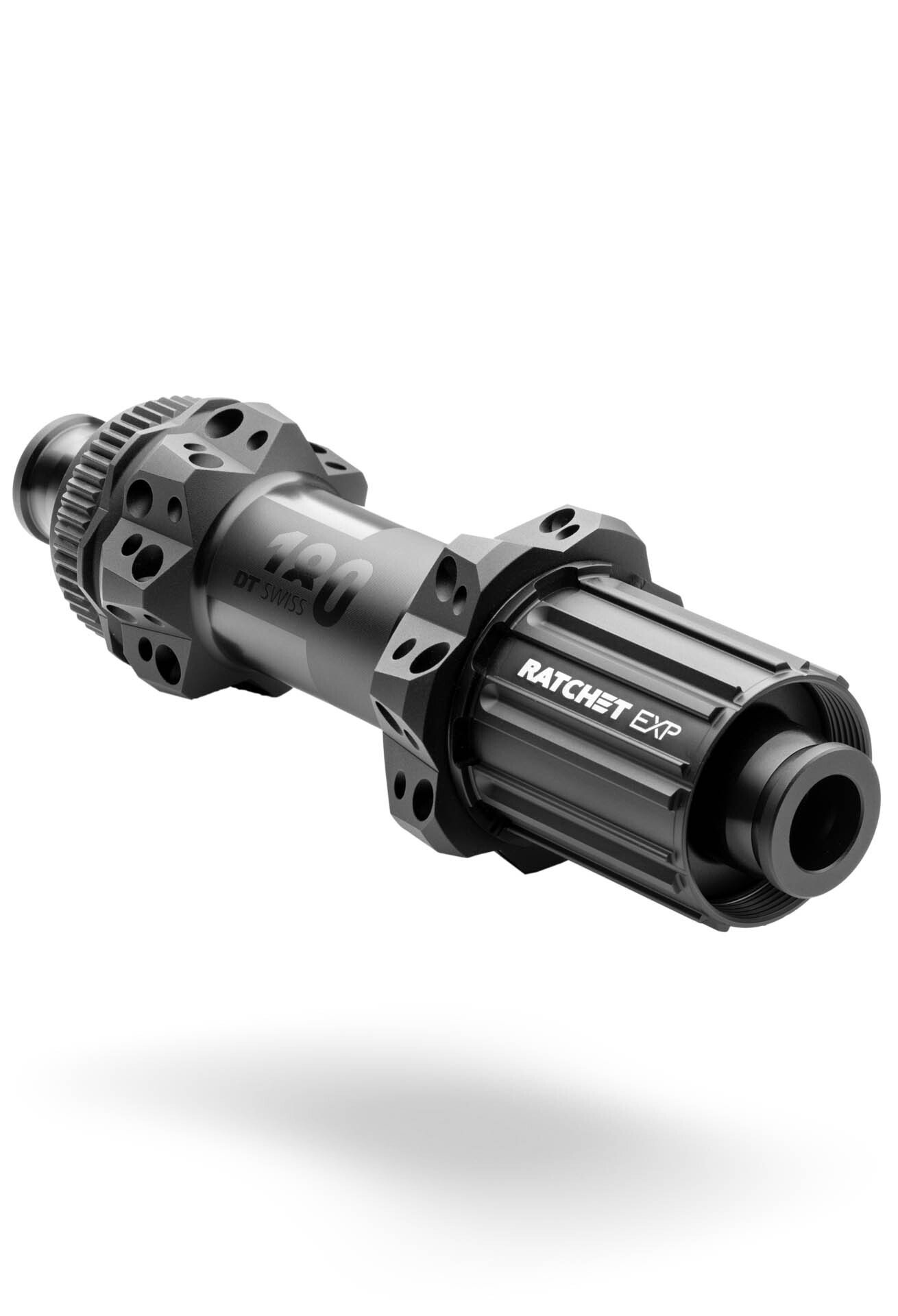
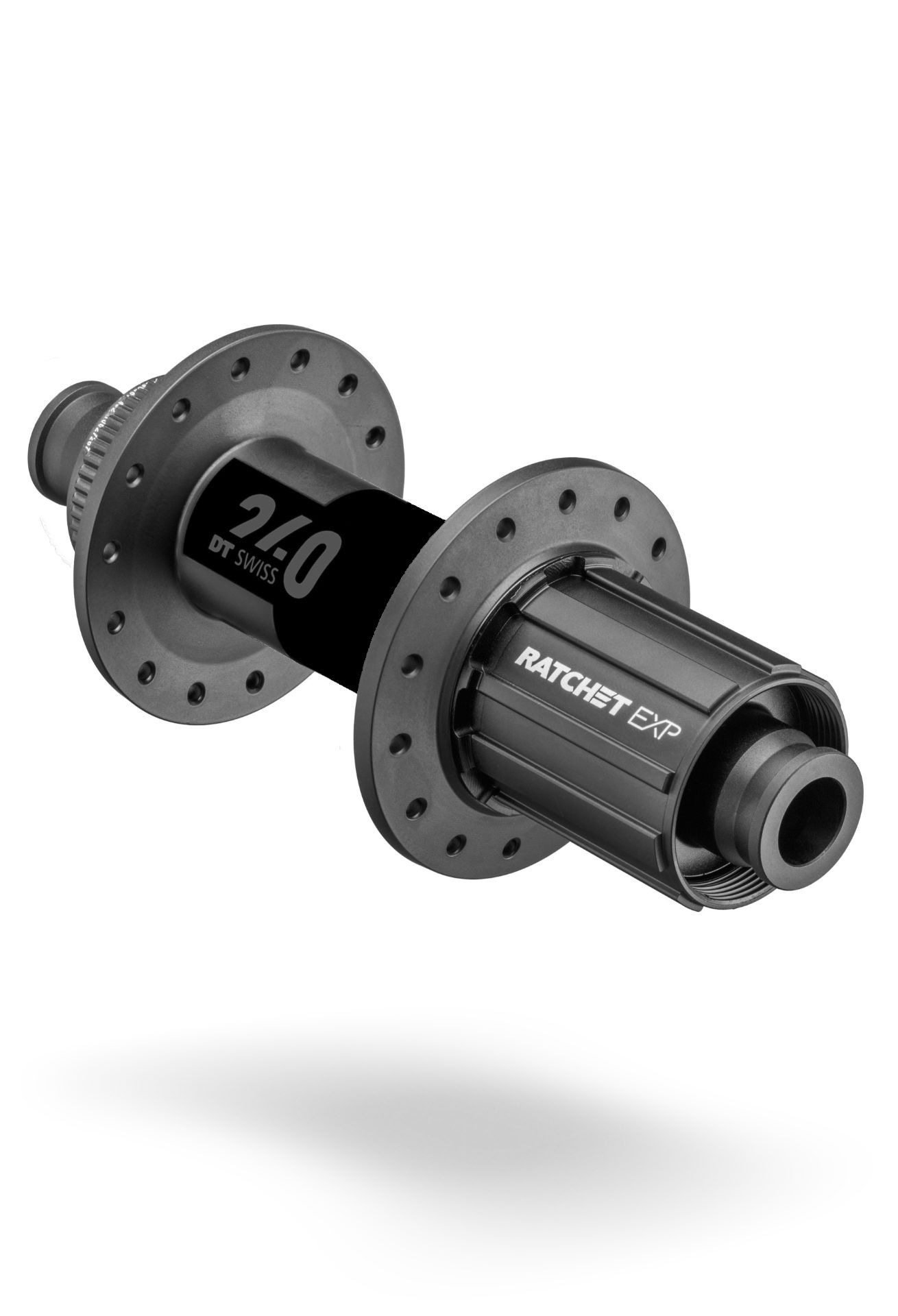
The pros and cons of a classic or straight pull hub depend entirely on the total wheel configuration. Which type of hub is most suitable for you depends on a number of factors, including rider weight, rim type, rim height, number of spokes, spoke type. We are happy to give you personal advice on this.
THE HUB
-
J-BEND/STRAIGHTPULL
Classic hubs: Most hubs use so-called J-Bend spokes. These are spokes with a 90 degree bent head so that they can be mounted in the hub flange. These are also called "classic" hubs. Hubs – including: DT-Swiss Classic, HOPE, Onyx, Chris King
Straightpull hubs are designed for spokes with a straight head, the so-called straightpull spokes. Hubs – including: DT-Swiss SP, Carbon Ti SP, EXTRALITE
-
RATCHET/PAWLS
Pawls and springs: a number (usually 2-6) of small spring-loaded pawls engage a toothed ring to transfer the driving force to the hub. The teeth are beveled to allow free running of the hub in the other direction. This system has low resistance and makes the classic clicking sound. Hubs: including HOPE, Carbon-Ti, INDUSTRY-9
Ratchet: this system uses a pair of toothed rings that engage in one direction and slide over each other in the other. There is more contact surface in this system for very strong power transmission. This system makes a clicking sound that becomes louder as the toothed rings have finer teeth. DT-Swiss, for example, supplies toothed rings with 18, 36 or 54 teeth. Hubs: DT-Swiss, ExtraliteRing
Drive: Chris King's unique drive mechanism uses a pair of toothed rings that engage in one direction via a so-called helix (worm gear) and slide over each other in the other. This system has a very strong power transmission and produces a unique freewheeling sound: the so-called Chris King Buzz. Hubs: Chris King
Spragclutch: a series of plates (sprags) engage the axle when force is applied to the drivetrain. No teeth are used, which makes this system silent and completely stepless with a very low resistance. Hubs: Onyx
-
AXLE TYPE
The type of axle is determined by the dropouts on your bike frame. Thru axles have become the standard for mountain bikes, gravel and road disc brake wheels. The vast majority of rim brake bikes and some disc brake bikes use a quick release.
-
DRIVETRAIN
A drivetrain or gear group needs a specific hub body / freewheel to be able to mount the cassette. Most hubs in our range are available for almost all drivetrains and can also be easily adjusted afterwards if you change drivetrain.
-
BRAKE TYPE
- Does your bike have disc brakes? Then you’ll need a hub that is designed to accept a brake rotor. There are two common standards for rotor mounting: Centerlock and ISO (also known as 6-bolt). Centerlock uses a round grooved interface and a center lockring. ISO/6B uses six bolts to attach the rotor to the hub. If your bike has rim brakes, you won’t need rotor mounts. There are Centerlock and ISO rotor mounts for almost every brake currently available. Choosing between the two is largely a matter of preference. Note that it is easy to convert a Centerlock hub for use with an ISO/6B rotor using an adapter. It is not possible to do the reverse.
-
POINTS OF ENGAGEMENT
The number of points of engagement (POE) in the hub determines how “fast” the freewheel system engages. This is also referred to as “(maximum) degrees of freewheel”. The lower the number of degrees, the faster the drivetrain engages when you start pedaling. For example, a 36-tooth (36T) drivetrain has 10 degrees of freewheel (one full revolution of 360 degrees divided by 36 teeth to get 10 degrees). A 48-tooth drivetrain has 7.5 degrees, etc. A sprag clutch has an infinite number of points of engagement.
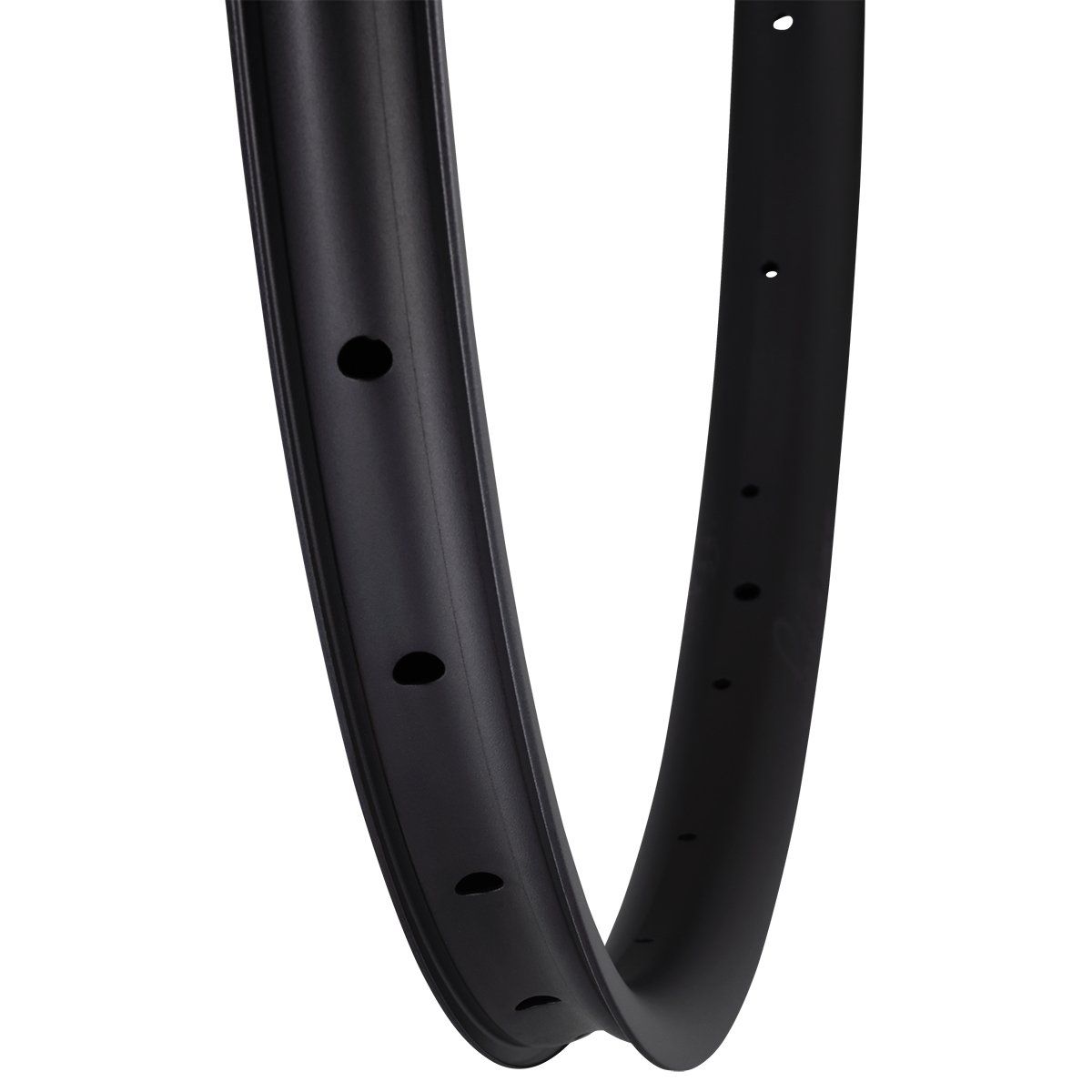
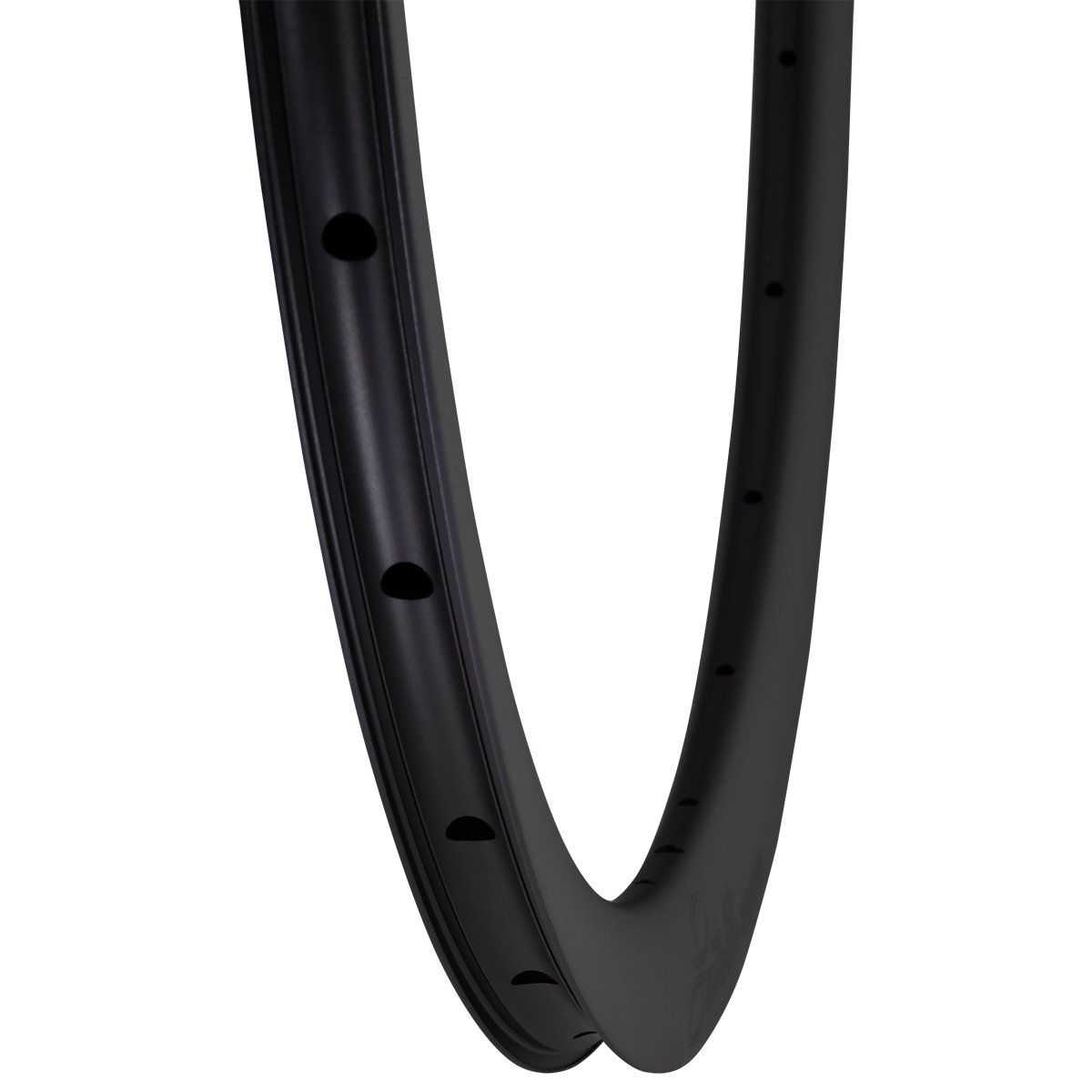
THE RIM
-
TUBE/TUBELESS/TUBULAR
Rims that are not tubeless compatible must use inner tubes. Rims that are tubeless compatible are more versatile: they can use tubes with tires or a tubeless setup with (suitable) tires. If you are interested in tubeless tires, make sure you get a tubeless compatible rim.
-
RIM WIDTH
A wider internal width will create a more stable, aerodynamic interface with your tire. We recommend going as wide as possible, without going wider than your narrowest tire.
-
RIM HEIGHT
A deeper rim is usually more aerodynamic, heavier, and has a stiffer, less comfortable ride. This isn’t always the case, but it’s a good general rule. If you’re looking for a rim to maintain speed, go for a nice deep rim. However, if you’re going to be doing stop/start urban commuting, winding (mountain) roads, or riding through strong crosswinds, go shallow.
-
MATERIAL
Carbon or aluminum? Good question!
Tailwind Wheels only offers carbon wheels. The carbon fibre and resin used are of the latest generations.
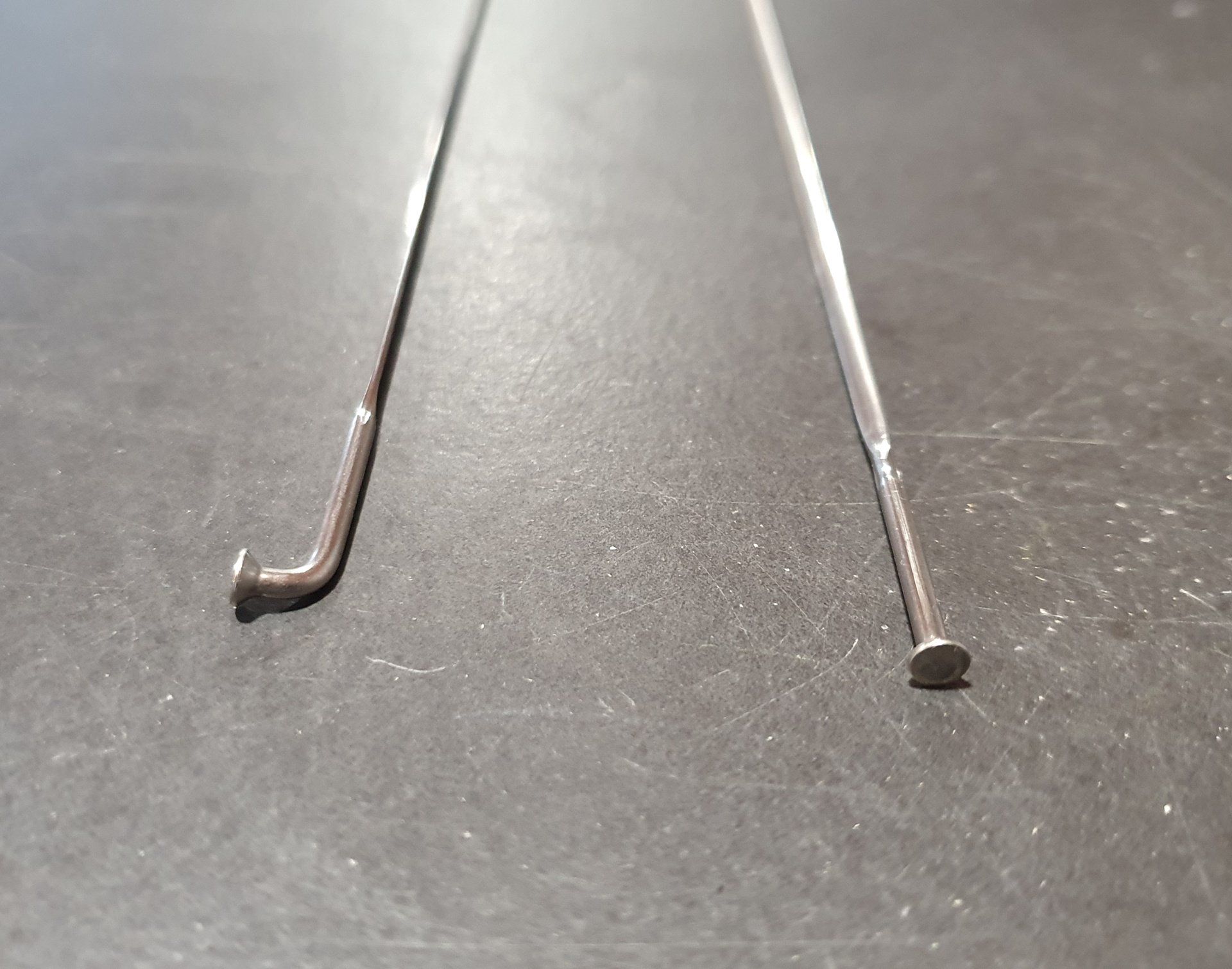
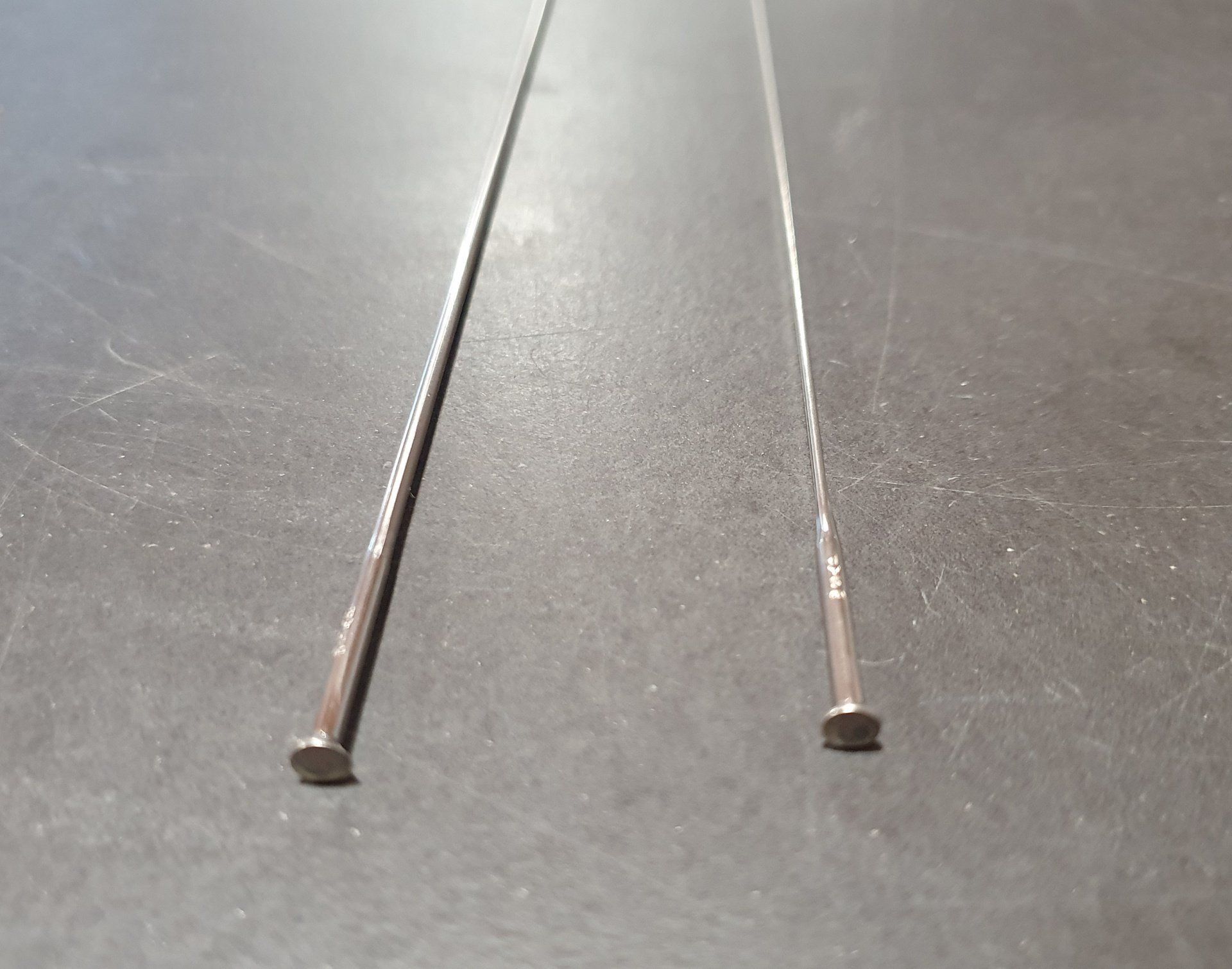
The pros and cons of a classic or straight pull spoke depend entirely on the total wheel configuration. Which type of spoke/hub is most suitable for you depends on a number of factors, including rider weight, rim type, rim height, number of spokes, spoke type. We are happy to give you personal advice on this.
THE SPOKE
-
TYPE
J-Bend spokes. These are spokes with a 90 degree bent head so that they can be mounted in the hub flange. These are also called "classic" hubs. Hubs - including: DT-Swiss Classic, HOPE, Onyx, Chris King.
Straight pull spokes have a straight head, the so-called straight pull spokes. Hubs - including: DT-Swiss SP, Carbon Ti SP, EXTRALITE
-
FORM
When choosing the right spoke shape, it is important to consider the intended use of the bicycle, the weight of the rider and the desired riding performance. Proper selection and correct installation of spokes contribute to an optimal cycling experience.
KNOWLEDGE
Wide Right
The term "wide right" refers to the idea that a certain tire width works best with a specific internal rim width to maximize performance and safety. This takes into account:
Tyre shape: A correct combination ensures that the tyre adopts the optimum shape, which affects grip, rolling resistance and comfort.
Stability and handling: A well-matched tyre and rim-width combination ensures better stability when cornering and at higher speeds.
Impact protection: It helps to protect the sides of the rim from impacts and damage by correctly supporting the tyre sidewall.
Application of ‘Wide Right’
Wider rims with wider tyres: Modern trends tend towards wider rims, especially on mountain bikes, gravel bikes, and some road bikes, to support wider tyres. This offers benefits such as better traction, comfort, and lower rolling resistance.
Safety margin: If the tyre is too narrow for the rim, the tyre may overstretch, leading to unstable riding situations or even tyre failure. Conversely, if the tyre is too wide for the rim, this can lead to a tyre profile that is too round, reducing grip when cornering and increasing the risk of tyre slippage.
The ‘wide right’ concept thus emphasises the importance of a balanced and appropriate choice of tyre and rim, not only for the optimal riding experience, but also for the safety of the cyclist.
Hookless
Hookless on carbon rims refers to a design where the inner edge of the rim, where a small lip or hook would normally be located to hold the tire, is absent. This design is a relatively recent innovation in the bicycle industry, especially popular on carbon rims.
Advantages of hookless rims:
Lower weight: The absence of the hook reduces material usage and therefore the weight of the rim, which can be beneficial for performance.
Easier production: Hookless designs can be easier to produce, especially with carbon rims, which can also improve rim consistency and strength.
Wider internal rim profile: Hookless rims often have a wider internal profile, which can contribute to a better contact area and improved grip and stability, especially at lower tyre pressures.
Hookless concerns:
Hookless rims cannot handle very high tyre pressures as well because there is no hook to hold the tyre in place. Therefore, they are often limited to use with tubeless-ready tyres and lower tyre pressures, making them ideal for tubeless setups and wider tyres, such as those on gravel or mountain bikes.
Tyre choice: Not all tyres are compatible with hookless rims. It is important to check if the tyre you want to use is suitable for hookless rims to avoid problems such as the tyre coming off.
MultiPurpose
Verstatile, multiple disciplines can be served.
System weight
System weight for a bicycle refers to the total weight that the bicycle must carry, including itself. This includes the weight of the bicycle itself, the rider, and any additional cargo such as luggage, water bottles, panniers, and other accessories.
System weight is an important factor to consider when choosing a suitable wheelset.
Ratchet Upgrade Kit
The DT Swiss body famously use toothed rings that engage in one direction and slide over each other in the other. For cyclists, it is important that the power is immediately converted into propulsion when starting off. Therefore, DT Swiss pulleys are available with different numbers of teeth and correspondingly different engagement angles. The smaller the contact angle of the timing belt pulleys (more teeth), the less empty travel is available when pedaling. In other words: how “fast” the freewheel system engages.
Standard is 36T, the Upgrade Kit boosts it to 54T.
Tailored High Performance Wheels.
VISIT
Edisonweg 1-E
1821 BN Alkmaar
CONTACT
023 700 9785
tailwind@wheel-tec.nl




